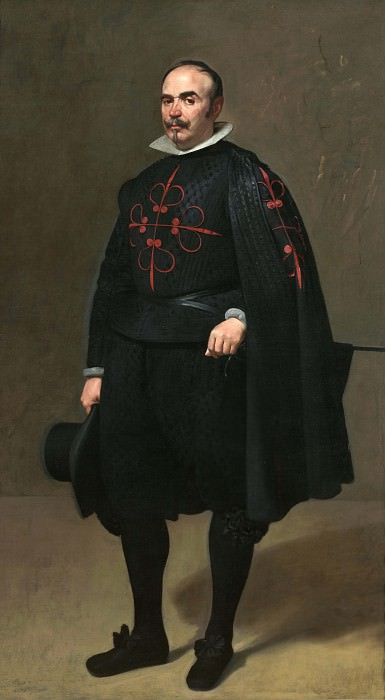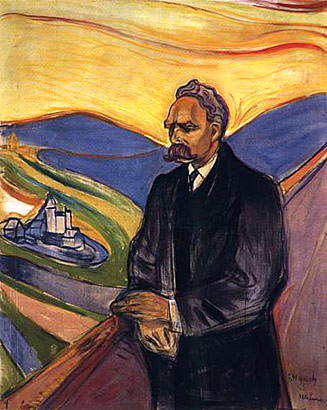Katsushika Hokusai: The Master of Japanese Ukiyo-e Art
Early Life and Artistic Beginnings
Katsushika Hokusai, born in 1760 in Edo (now Tokyo), Japan, is one of the most renowned artists in the history of Japanese art. His early life was marked by a series of apprenticeships and artistic experiments that laid the foundation for his future masterpieces. At the age of 14, Hokusai began working in a bookshop and later joined the studio of Katsukawa Shunsho, a leading ukiyo-e artist. Under Shunsho's guidance, Hokusai honed his skills in the art of woodblock printing, a medium that would become central to his legacy.
The Evolution of Style
Hokusai's artistic journey was characterized by constant evolution and experimentation. Throughout his career, he adopted various names and styles, reflecting his restless creativity and desire for innovation. One of his earliest pseudonyms was Shunro, under which he produced many of his initial works. These early prints were heavily influenced by the traditional ukiyo-e style, focusing on kabuki actors and courtesans.
The Thirty-Six Views of Mount Fuji
One of Hokusai's most famous and influential series is the "Thirty-Six Views of Mount Fuji," created between 1830 and 1833. This series includes the iconic print "The Great Wave off Kanagawa," which has become a global symbol of Japanese art. The series showcases Hokusai's mastery of landscape art, combining bold compositions with meticulous attention to detail. Each print in the series captures Mount Fuji from different perspectives and seasons, highlighting the mountain's cultural and spiritual significance in Japan.
Innovative Techniques and Themes
Hokusai's work is celebrated for its innovative techniques and diverse themes. He was known for his use of perspective, a technique borrowed from Western art, which he skillfully integrated into traditional Japanese compositions. This blending of Eastern and Western styles created a unique visual language that set Hokusai apart from his contemporaries.
In addition to landscapes, Hokusai explored various other themes, including nature, mythology, and daily life. His series "Hokusai Manga," a collection of sketches and studies, offers a glimpse into his creative process and the breadth of his artistic interests. These sketches depict everything from animals and plants to fantastical creatures and humorous scenes, demonstrating Hokusai's versatility and imagination.
Influence and Legacy
Hokusai's impact on the art world extends far beyond Japan. His work had a profound influence on Western artists, particularly during the late 19th century when Japonism became a major trend in Europe. Artists such as Vincent van Gogh, Claude Monet, and Edgar Degas were inspired by Hokusai's prints, incorporating elements of his style into their own work. Van Gogh, in particular, admired Hokusai's use of color and composition, often referencing his prints in his letters and paintings.
Hokusai's legacy is also evident in contemporary art and popular culture. His prints continue to inspire artists, designers, and filmmakers, who draw on his distinctive style and innovative techniques. The enduring popularity of "The Great Wave off Kanagawa" is a testament to Hokusai's lasting influence, with the image appearing on everything from fashion to home decor.
Later Years and Final Works
Despite facing numerous personal and financial hardships throughout his life, Hokusai remained dedicated to his art until his death in 1849. In his later years, he produced some of his most mature and refined works, including the "One Hundred Views of Mount Fuji" series. This collection further explores his fascination with the mountain, presenting it in a variety of imaginative and evocative scenes.
Hokusai's relentless pursuit of artistic excellence is perhaps best encapsulated in his famous quote: "From the age of six, I had a mania for drawing the shapes of things. By the time I was fifty, I had published an infinity of designs, but all I have produced before the age of seventy is not worth being counted. At seventy-three, I have at last learned something of the structure of nature. By the time I am eighty, I shall have made more progress; at ninety, I shall penetrate the mystery of things; at a hundred, I shall certainly have reached a marvelous stage, and when I am a hundred and ten, everything I do, be it but a line or a dot, will be alive."
Artistic Philosophy and Spirituality
Hokusai's art was deeply intertwined with his spiritual beliefs and philosophical outlook. He was a devout follower of Nichiren Buddhism, which influenced his perception of nature and the human experience. This spiritual connection is evident in many of his works, where natural elements are depicted with a sense of reverence and awe.
His dedication to continuous improvement and self-discovery is a recurring theme throughout his career. Hokusai's artistic philosophy centered around the idea of lifelong learning and the pursuit of perfection. He believed that true mastery could only be achieved through persistent effort and a deep understanding of the natural world.
The Hokusai Renaissance
In recent years, there has been a renewed interest in Hokusai's work, often referred to as the "Hokusai Renaissance." Major exhibitions and retrospectives have been held worldwide, showcasing the breadth and depth of his oeuvre. These exhibitions have not only introduced Hokusai's work to new audiences but have also highlighted his contributions to the global art narrative.
One such notable exhibition was held at the British Museum in 2017, titled "Hokusai: Beyond the Great Wave." The exhibition featured a comprehensive selection of Hokusai's works, including rare prints, paintings, and illustrated books. It provided a deeper understanding of his artistic evolution and the cultural context in which he worked.
Technological Advancements and Artistic Production
Hokusai's ability to produce such a vast body of work was, in part, due to the technological advancements of his time. The development of woodblock printing in the Edo period allowed for the mass production of artworks, making art more accessible to the general public. Hokusai's prints were widely distributed, reaching a broad audience and solidifying his reputation as a leading artist of his era.
The collaborative nature of woodblock printing also played a significant role in Hokusai's success. He worked closely with skilled craftsmen, including carvers and printers, to bring his designs to life. This collaborative process required precise coordination and expertise, resulting in prints of exceptional quality and detail.
Hokusai's Influence on Modern Design
Hokusai's influence extends beyond the realm of fine art into modern design and commercial art. His bold use of color, dynamic compositions, and innovative techniques have inspired generations of graphic designers and illustrators. The principles found in his work can be seen in various forms of visual communication, from advertising to digital media.
Contemporary designers often reference Hokusai's prints, drawing inspiration from his ability to convey movement and emotion through simple, yet powerful, imagery. The iconic wave motif from "The Great Wave off Kanagawa" has been reinterpreted in countless ways, demonstrating the timeless appeal of Hokusai's designs.
Conclusion: The Timeless Genius of Hokusai
Katsushika Hokusai's contribution to the world of art is immeasurable. His innovative spirit, relentless pursuit of perfection, and ability to capture the essence of nature have left an indelible mark on the art world. From the serene landscapes of Mount Fuji to the dynamic energy of his wave prints, Hokusai's work continues to captivate and inspire audiences worldwide.
His legacy is a testament to the power of creativity and the enduring appeal of artistic excellence. As we continue to explore and appreciate Hokusai's art, we are reminded of the profound connection between art, nature, and the human spirit. Through his work, Hokusai invites us to see the world with fresh eyes and to find beauty in the everyday moments of life.















